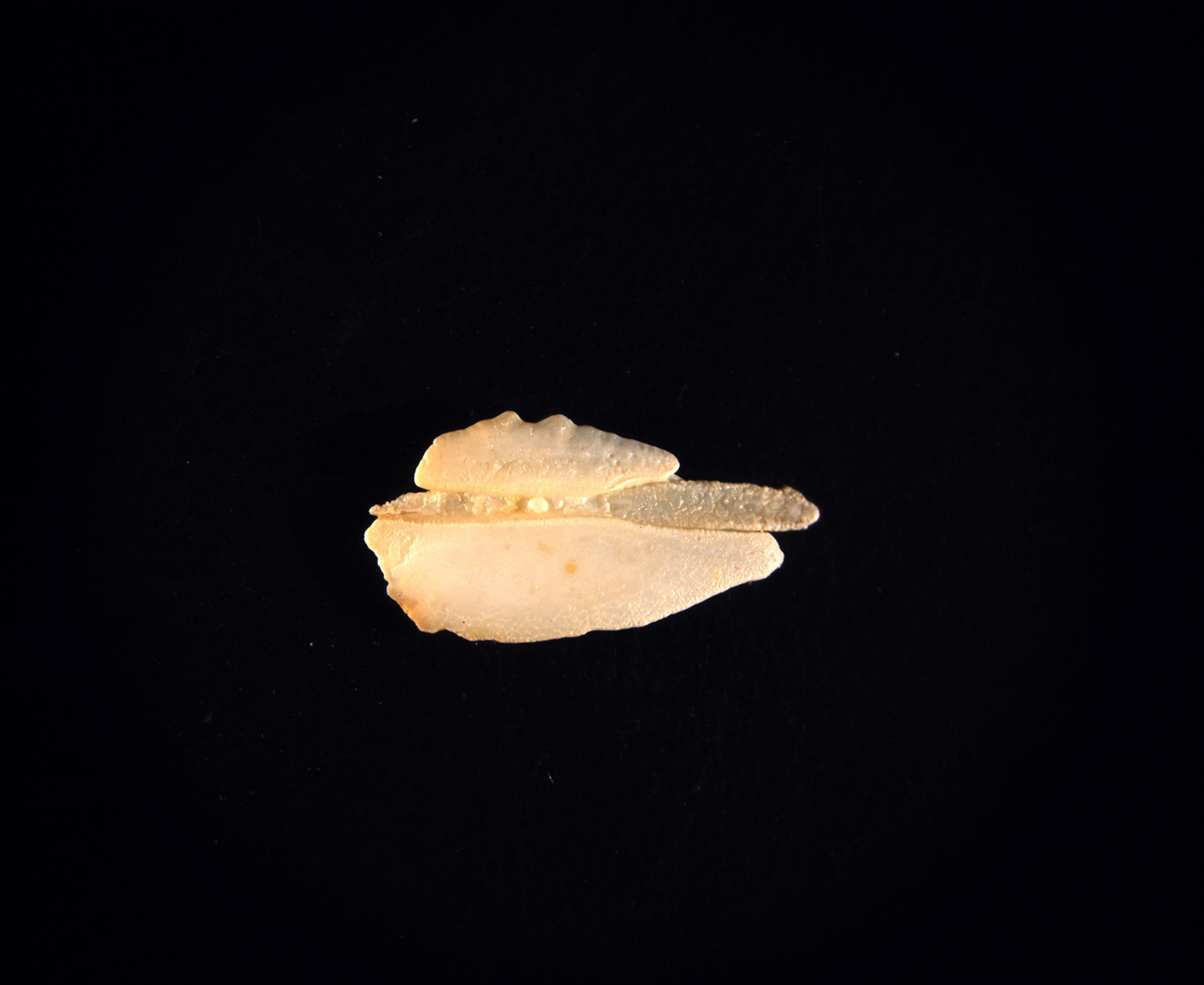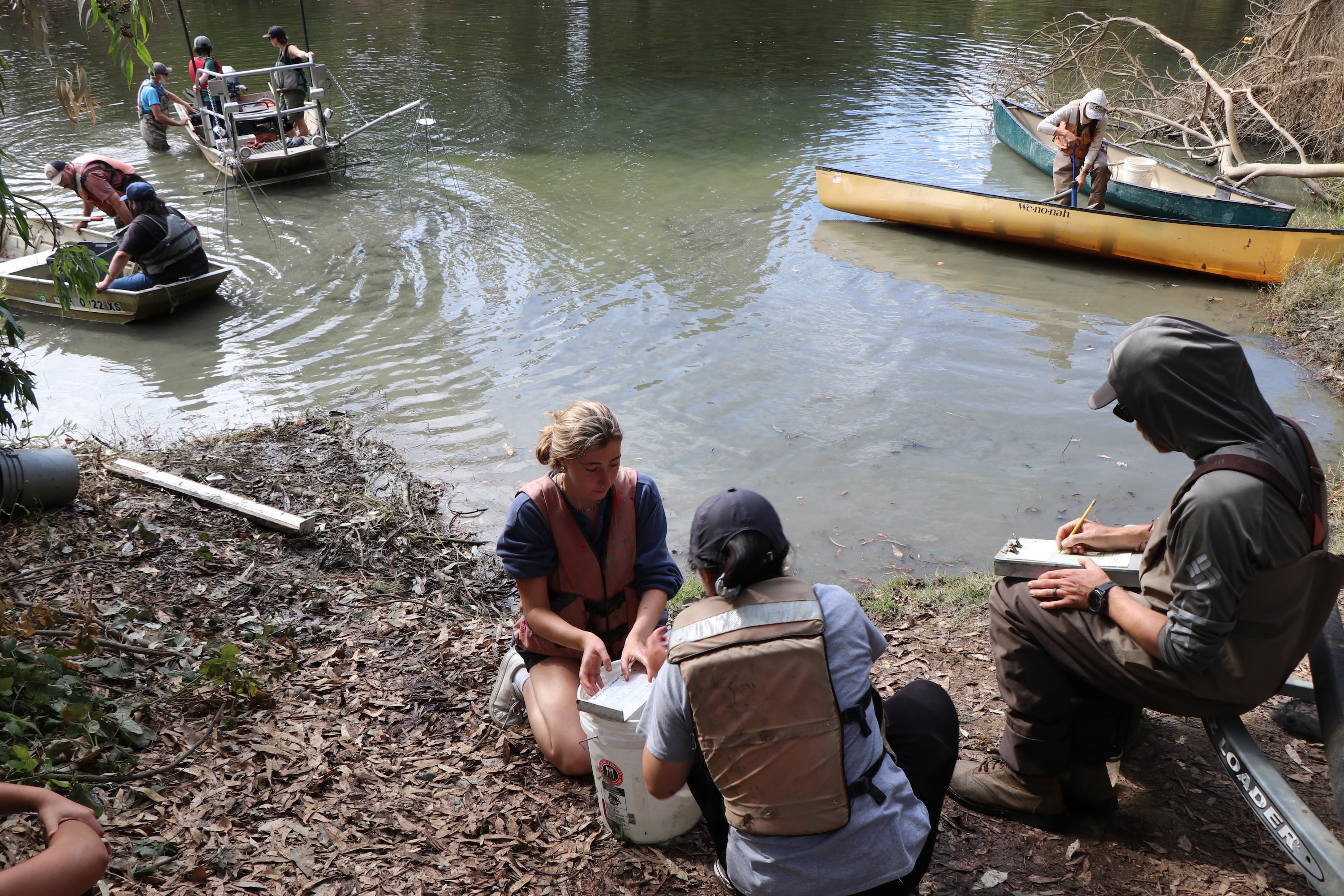Almost everywhere in California, salmon are on the decline. But in Putah Creek - a restored stream running through the University of California, Davis, campus - wild salmon are not only increasing, they also are completing their life cycle.
A UC Davis study, published in the journal Ecosphere, is the first to document Putah Creek-origin salmon. Chinook salmon have been observed at the creek since 2014, but prior studies had shown them to be strays from hatcheries. This study now confirms that some salmon returning to Putah Creek in the fall to spawn are actually born there.
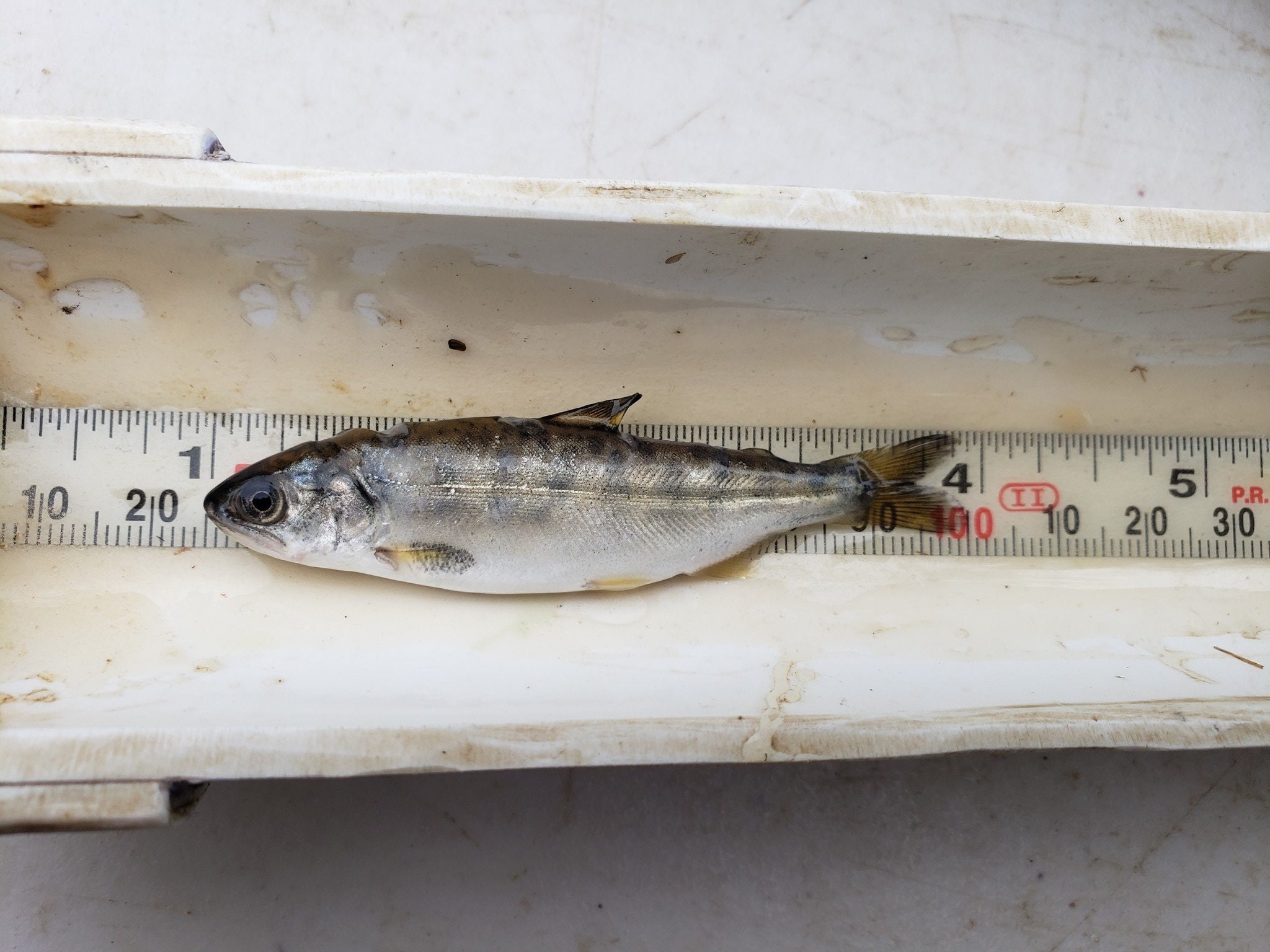
This should not be news. Salmon are famous for their simple life cycle: Hatch in a stream, migrate to the ocean, and return to the stream to spawn at their life's end. Yet salmon in 21st century California are sometimes trucked or flown to the ocean from hatcheries due to dams, habitat loss, warming streams, drought and other threats restricting their natural migration.
This study shows that at Putah Creek - and potentially other altered and dam-controlled streams worldwide - restored waterways can help restore and even create salmon runs.
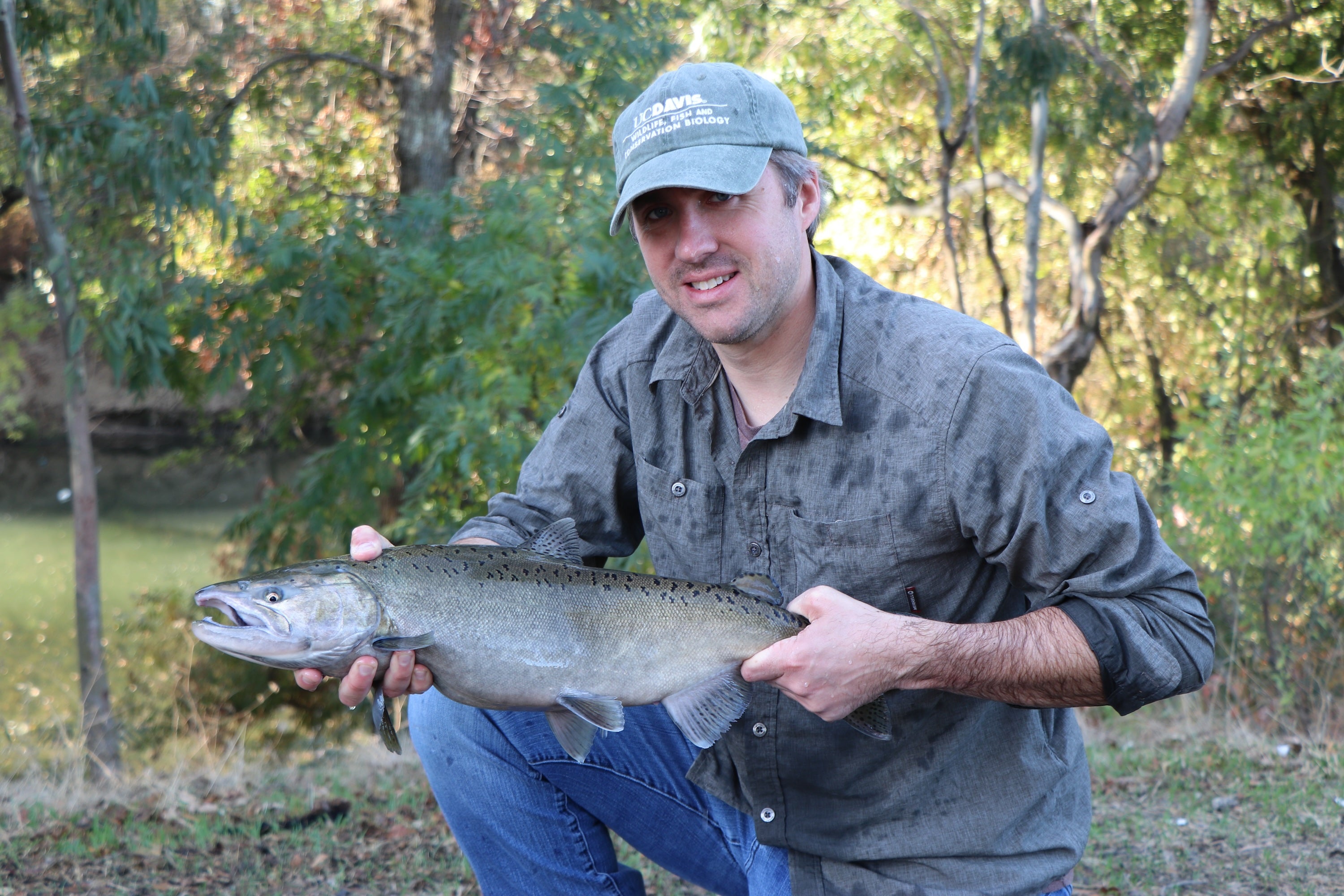
"The fact that you have Putah Creek-origin fish is a big deal," said senior author Andrew Rypel, director of the UC Davis Center for Watershed Sciences at the time of the study. "To have a growing, stable population that's natal means it's a well-managed ecosystem. It means we're taking care of the water and the land the right way, and that there's a future for fish in that place. It also shows there's hope for other streams that are degraded."
Water brought back birds, bugs and salmon
Putah Creek is a tributary of the Sacramento River, flowing through the cities of Winters and Davis. It barely flowed at all after Monticello Dam was installed in the 1950s, which created Lake Berryessa and drastically reduced water to Putah Creek.
Then, in 2000, a lawsuit brought about the Putah Creek Accord, which mandated year-round flows to protect fish and habitat. Since then, local community members, nonprofits, state agencies and UC Davis researchers have worked to restore and study the creek. They've found that once water returned to the stream, so did insects, songbirds, and eventually, salmon.
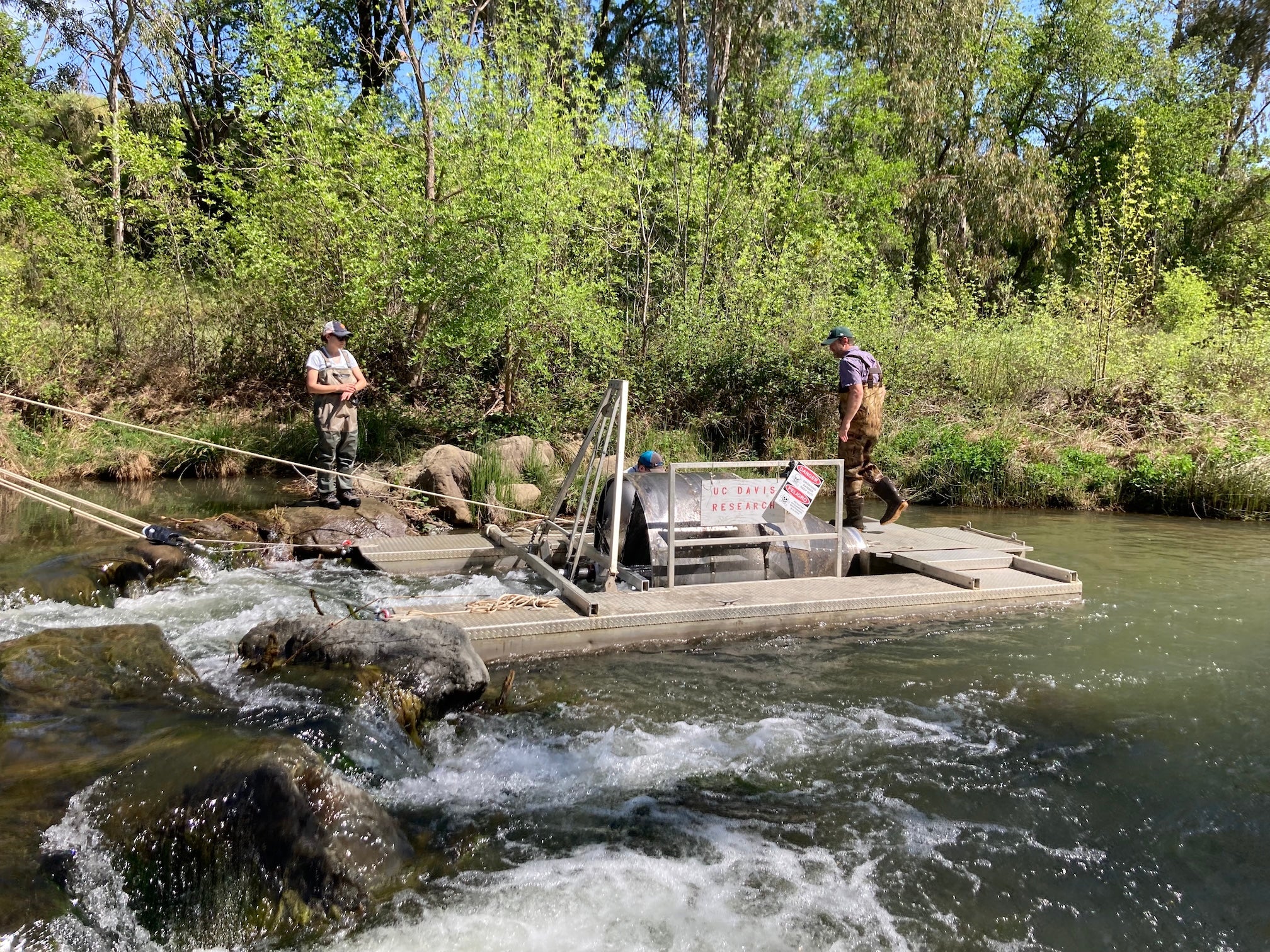
Hatchery fish and new wild salmon
Until this study, the hundreds of salmon in Putah Creek were all thought to be hatchery strays.
"People began speculating whether any of these Putah Creek-spawning fish were returning to Putah Creek," said Rypel, a professor in the UC Davis Wildlife, Fish and Conservation Biology department. "It was a challenging scientific riddle to figure out."
Lead author Lauren Hitt, a graduate student in Rypel's lab during the study, used otoliths - or ear bones - from adult Chinook salmon carcasses recovered from Putah Creek between 2016 and 2021 to determine their origin.
No bigger than a thumbnail, otoliths carry within them the water chemistry of the streams they have traveled, allowing scientists to map their movements and migrations against the chemical tracers of individual streams. This powerful technique allowed Hitt to reconstruct each salmon's life history. She showed that while hatchery-origin fish were most abundant, a handful - 11 of 407 - of returning salmon analyzed were born in Putah Creek, completing their full life cycle as wild salmon.
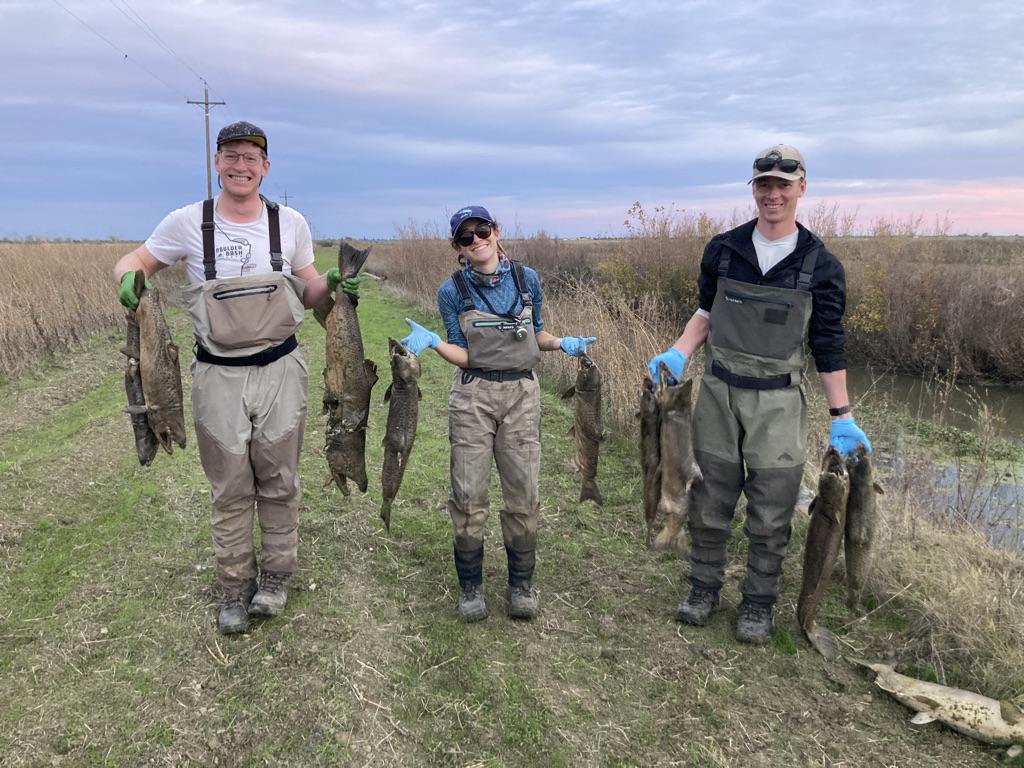
This new run of wild salmon at Putah Creek descended from hatchery fish - a finding that could upend some long-held perspectives about the role of fish hatcheries in conservation. Hatcheries provide food and a fishing boost for anglers, yet they have often been criticized for impacts to wild fish genetics, health and habitat.
"The idea that hatcheries can be part of the solution might take people off guard," Rypel said. "But there may be positive effects so long as the salmon have a good place to go. There's a lot of potential to have more Putah Creeks out there."
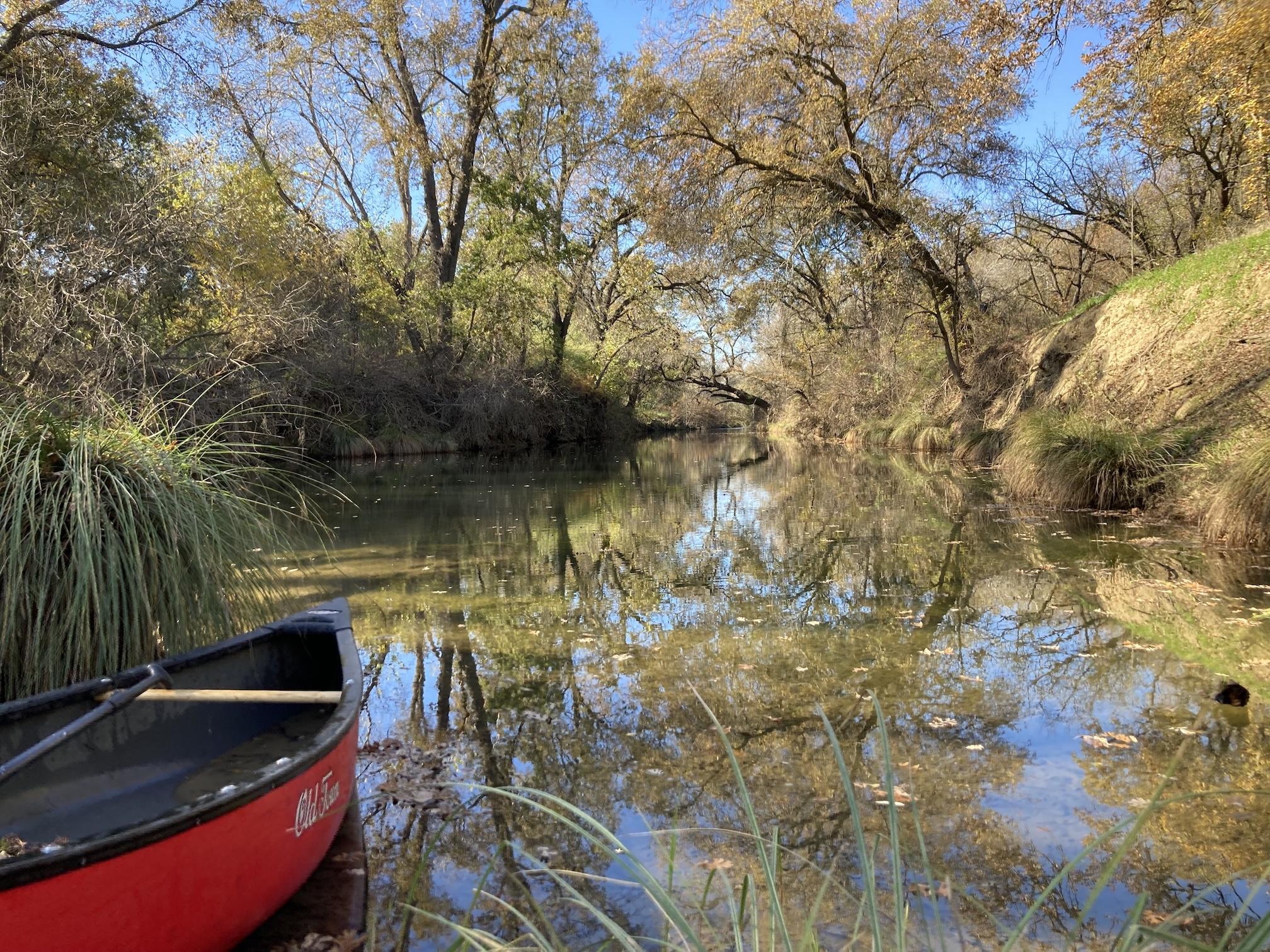
Local love
Salmon born in Putah Creek face many challenges in completing their life cycle. They must leave Lower Putah Creek, enter the Yolo Bypass floodplain, travel to Liberty Island, down the Sacramento River and into the San Francisco Bay before emptying into the Pacific Ocean. At the end of their life, they get to do this in reverse. Along the way, restricted fish passage, reduced flows, too-warm, too little or too much water at the wrong time can be fatal.
In a sobering illustration of these risks, Putah Creek-origin salmon from 2021 died before being able to spawn because an atmospheric river sent debris and ammonia-saturated waters into Putah Creek just as spawning salmon were beginning to arrive. The authors say such setbacks are significant but not insurmountable provided collaborative management of Putah Creek in the future.
"There's so much local love for these fish," said Hitt, currently a Ph.D. student at University of Canterbury in New Zealand. "I hope people recognize that their caring about the system and advocating for the system are what made the changes possible. If not for local community engaged and supporting local streams, I don't think we'd have salmon in Putah Creek today of hatchery or Putah Creek origin. This is just so special."
A salmon run at UC Davis
As for UC Davis' salmon run? Scientists will continue to sample and monitor the fish as they come home. Visitors and community members may see salmon spawning each fall at the Putah Creek Riparian Reserve and throughout the creek.
The study's additional co-authors include Malte Willmes of Norwegian Institute for Nature Research; Rachel Johnson of National Marine Fisheries Service and UC Davis; and George Whitman, Mackenzie Miner, Carson Jeffres, Dennis Cocherell and Nann Fangue of UC Davis.
The study was funded by the Solano County Water Agency, Yolo Basin Foundation, UC Davis Agricultural Experiment Station, Peter B. Moyle and California Trout Endowment for Coldwater Fish Conservation, and UC Davis Erica Kelly Memorial Award and Jastro-Shields Research Award funds.

Related: The Salmon Diaries - Life Before and After Klamath Dam Removals
Salmon "tell" scientists their life story as decades-old dams come down.

